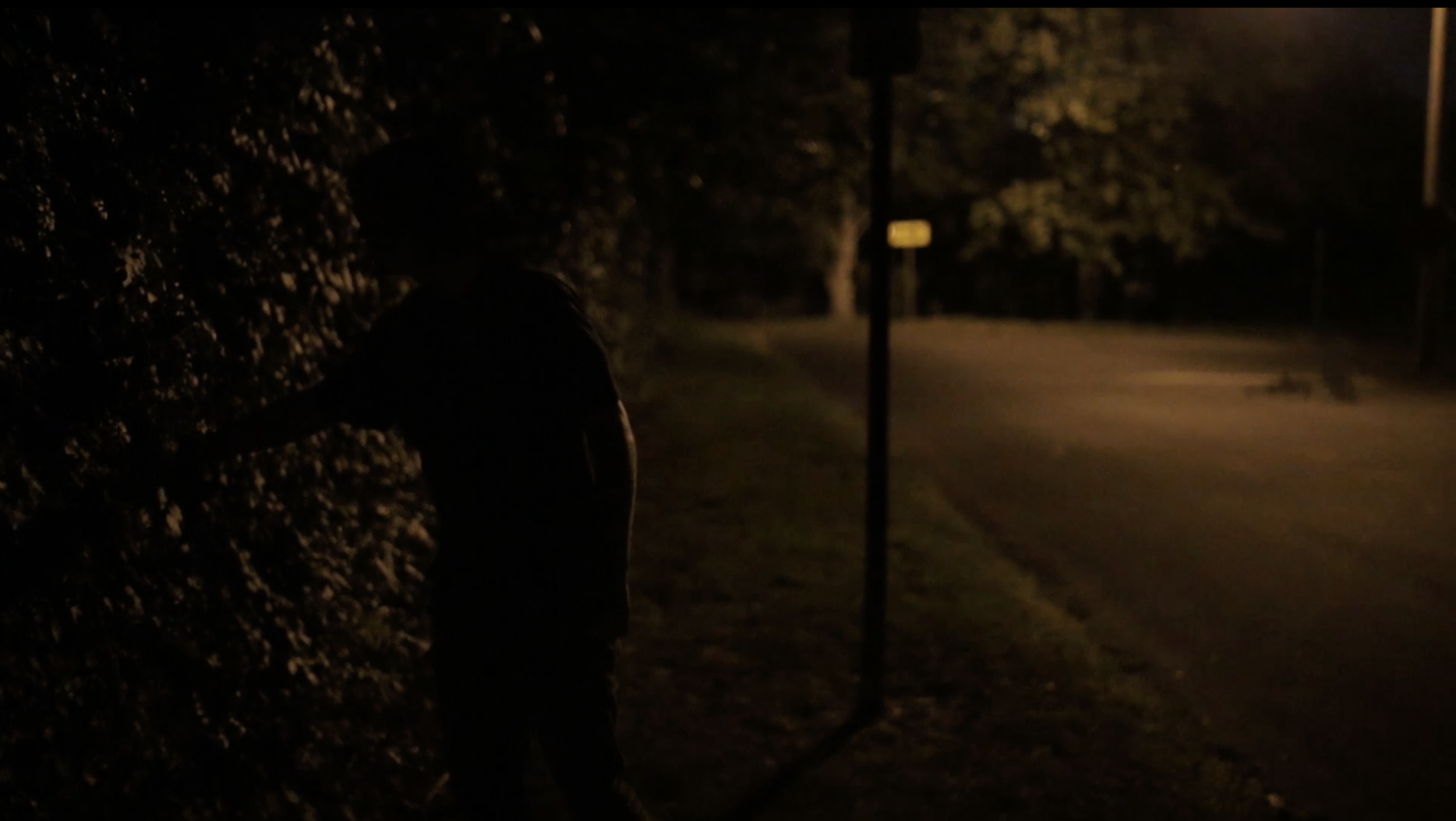Autobiographical Themes
Blending fiction and non-fiction, the film asks questions about the violence and mischief Chris found himself mixed up in as a reckless youth. What were his motives? Were they misled or honorable? The film also explores lineage and family. In between the main narrative plot, there will be interstitial moments of narrated stories with Chris’ father and uncle as they revisit the old locales of their own mischievous youth. Parallels running through the different generations will help mark the main story and illuminate the actions of our characters. Ultimately, the film is a tale about the depths of male friendship and the complex ways masculinity and male sexuality manifests itself.
For Richie, growing up as a first-generation Colombian, the existence of a spirit world was a fact of nature. Visions of angels, ghosts, and duendes were routine for his family, not unlike the folklore of Garcia-Marquez’s magical realism. When Richie was 19, his mother suddenly passed away. Many of his family members experienced visions of her. Quotidian moments of happen-stance were all imbued with the sense of the other world. As the sole American born child, Richie is sometimes torn between skepticism and belief. This film has allowed Richie to raise questions about a more liminal world, or more specifically in this film, a sinister world often found lurking in the shadows. Do these dark entities have influence over our actions or are we solely responsible for our own destructive decisions?
Filmmaking Process
Our work owes a great deal to the raw ethos of the hardcore punk and skateboard scenes we grew up in. The juvenile antics of the Jackass and CKY crews, the lo-fi, collage-like aesthetic of Alien Workshop and Polar skate videos, and the often abrasive, sometimes introspective, outlier styles of music we always gravitated towards; have all left indelible prints on our minds.
Our background in punk and skateboarding have had the biggest influence in our responsibility to make this project in a DIY approach. We are fiercely passionate about keeping this project as a local endeavor, filming in the real locations that inspired the narrative, and enlisting local help wherever possible. It is our close friends that not only inspired the characters and dialogue, but also our close friends who in many instances, will be playing versions of themselves with their real names. In the scenarios where we cannot use the real people, we are planning on an extensive street casting process to ensure the entire cast is inhabited by authentic characters of the community.
Additionally, our films are extremely character driven and our filmmaking process prioritizes performances that take risks, rather than those that appear too clean or designed. We favor a hand-held way of shooting to be reactive to the nuances of every performance and usually employ incredibly lengthy rehearsal stages to allow for more exploration on set. Our process with actors owes a great deal to filmmakers such as John Cassavetes, Mike Leigh, Alan Clarke, and Derek Cianfrance.
Artistic Influences
While films that prioritize acting have always been at the forefront for us, the tradition of filmmakers utilizing non-actors and cinema verité techniques has always been greatly inspiring to us. From Jean Rouch, Kiarostami, The Dardenne Brothers, Gus Van Sant, and even to contemporary filmmakers like Roberto Minervini, Chloé Zhao, and The Safdies; we are hopeful in being able to add to this rich history of fiction/non-fiction hybrid films.
Additionally, we feel very strongly about pushing cinematic language in a formalist approach. Though at the heart of the film is a very traditional plot structure akin to “Stand By Me” or “The Outsiders”, weaved throughout will be more impressionistic moments of documentary, collage, poetry, and even film-essay techniques.
Autobiographical film-essay masters like Su Friedrich, Jay Rosenblatt, and Chris Marker, are huge sources of inspiration to us. We want to evoke the spirituality of Apichatpong Weerasethakul and Alice Rohrwacher, the poetry of Claire Denis and Lynne Ramsay, and the experimental nature of Harmony Korine and Lois Patiño. We want our movie to leave its audience with as powerful as a sense of place as films like Killer of Sheep, Wanda, and Florida Man all do.


